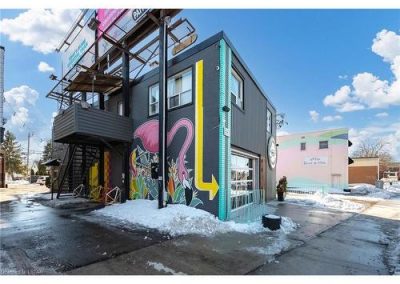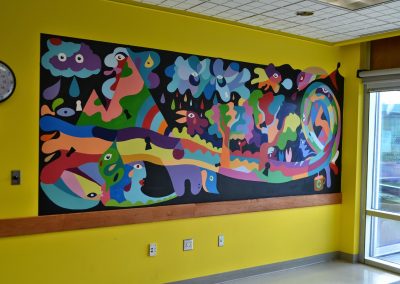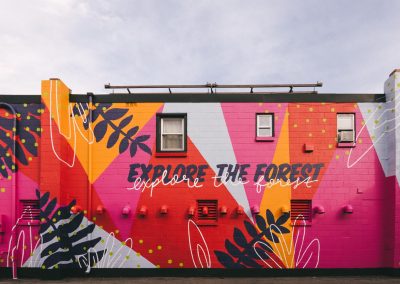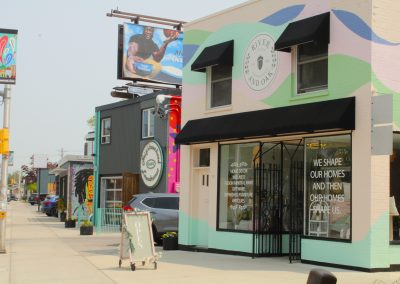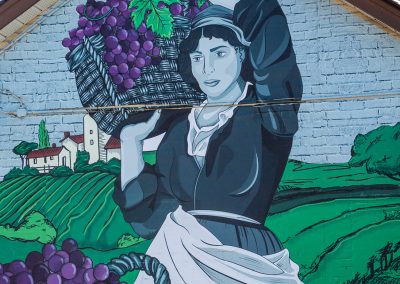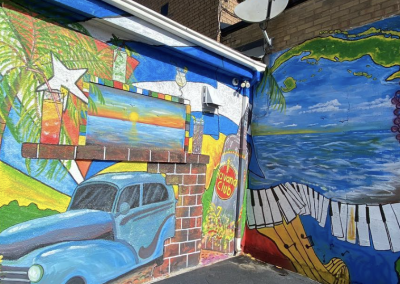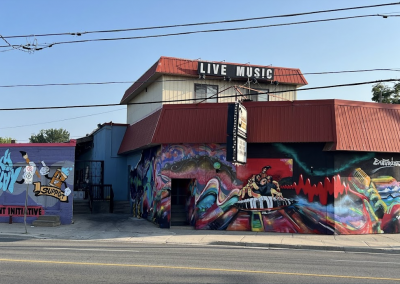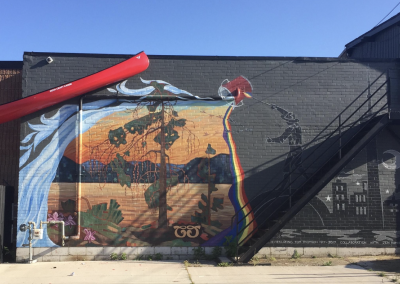Hidden Gems
Load your people up into the car and take a cruise down the Hamilton Road corridor to check out the 20+ Tree Trunk Sculptures, all with a unique story. Contact us to book a tour!

The Genesis
A large maple tree, the focal point of my front yard, died in the fall of 2011. My family had to decide what to do with it and cutting it down was a worst-case scenario, since this would leave a huge gap in my front yard and take decades to fill with any kind of replacement. Getting it carved into a tree sculpture , like many of the original tree sculptures done in the Woodfield area was . We contacted Robbin Wenzoski, who we found on the internet. He has done most of those in London. We wanted something that was Canadian and to do with wildlife. I have always been fascinated with Canadian big game animals, especially with moose. Robbin advised us that there was not enough material to do a complete body but suggested we consider moose head instead. He would carve it out of black walnut and fuse it to the top of my trunk stump. Needless to say, we were very pleased with the results and able to watch the progress on his face book page as he worked on it at his shop.
What we were not expecting, as time went on, was the attention it attracted from passing motorists and pedestrians. Not a week went by that someone wasn’t stopping by or knocking on our door, asking for permission to take pictures and hear the story behind it. It rapidly became an icon on our street. The neighbourhood joke is that police, fire, ambulance and pizza deliverers are told how many doors east or west the address is from the moose head.
Dave Broostad
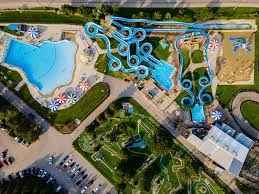
Come Visit Londons Place To Play!
East Park, Located on 1275 Hamilton Road
London, ON N5W 1B1
Historic Sites
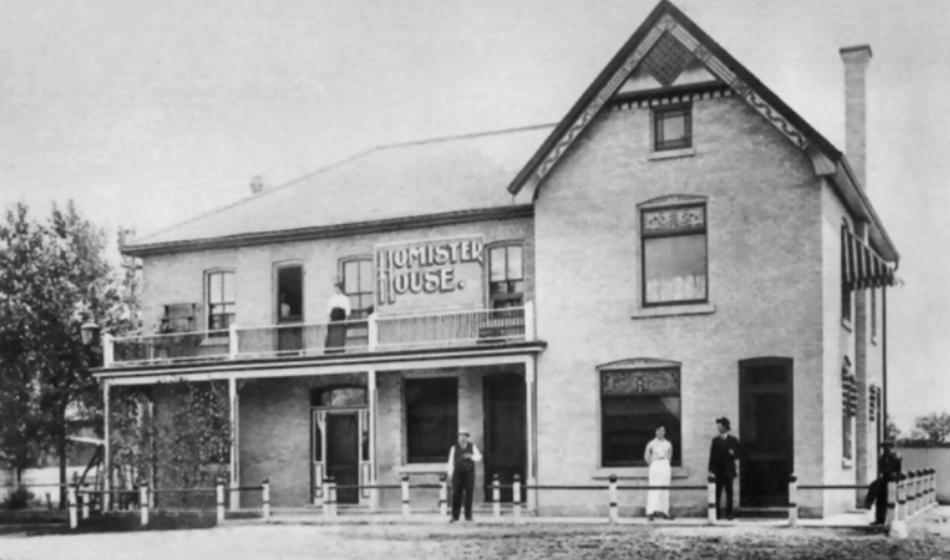
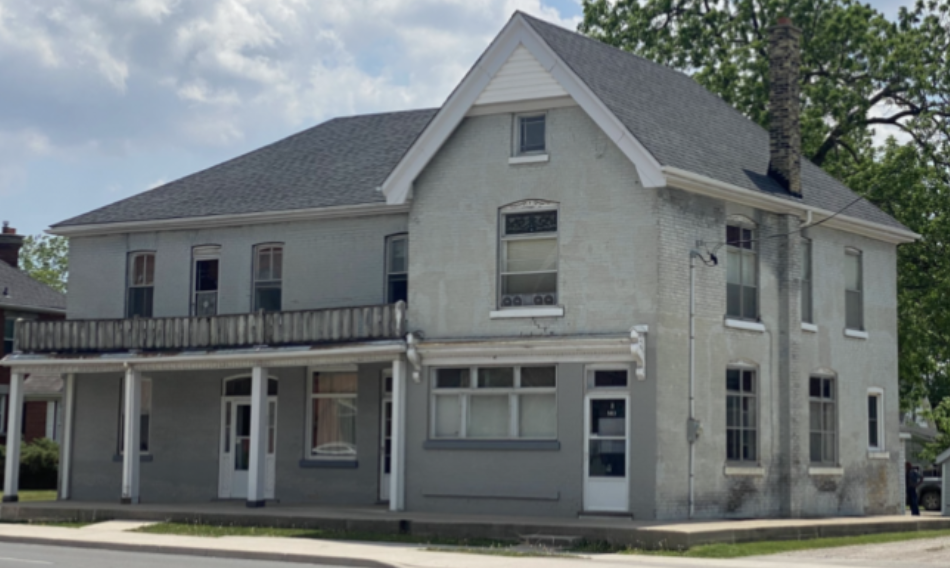
The Homister House
Located at 585 Hamilton Road.
Built in 1877 and originally known as the New Market Inn. Later it was bought by James Homister in 1887.
Known for hosting Jockeys from The New Market Race Track that needed a place to stay for the night while leaving their horses in the barn next door where Trafalgar School sits today. James Homister tried a new location on Rectory for a short bit but trouble with City Licensing brought him back to this site. He built an addition on the original building that had a saloon and bar that welcoming gamblers, travelers and perhaps hosting some other naughty activities as well.
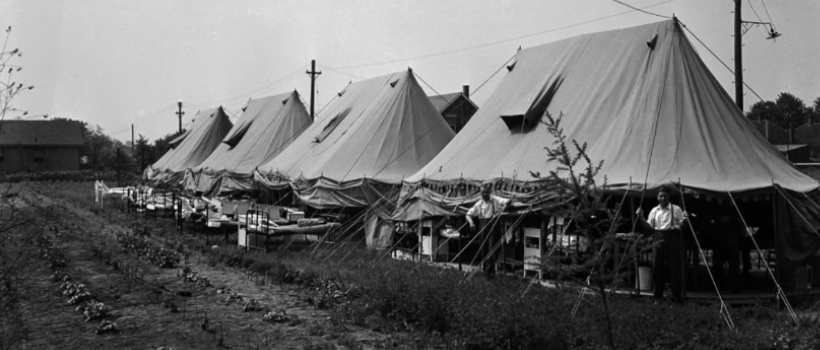
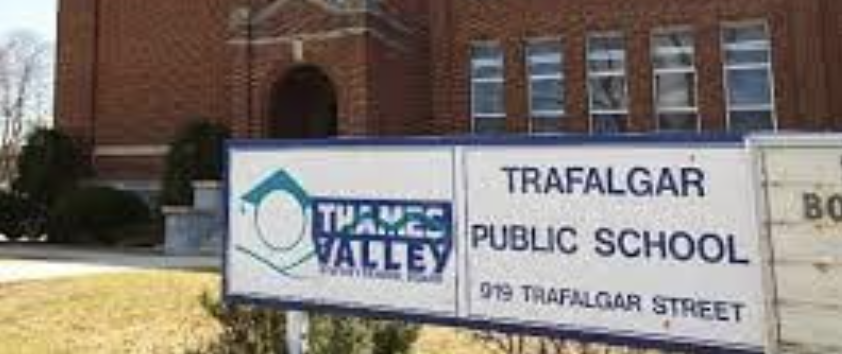
Trafalgar Public School
Built in 1925 an used as a military hospital in 1940s during WWII. Military tents were added throughout the playground. Prisoners of war were said to be held in the yard behind barbed wire fence. Students were moved to nearby Chelsey and Ealing Public schools. Chelsey School has since been demolished and WWI weapons were found buried in the school yard.
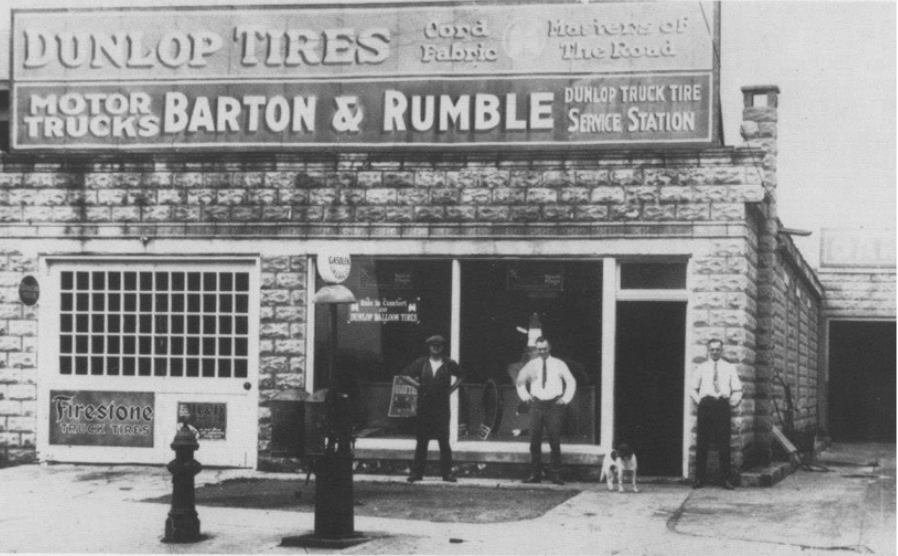
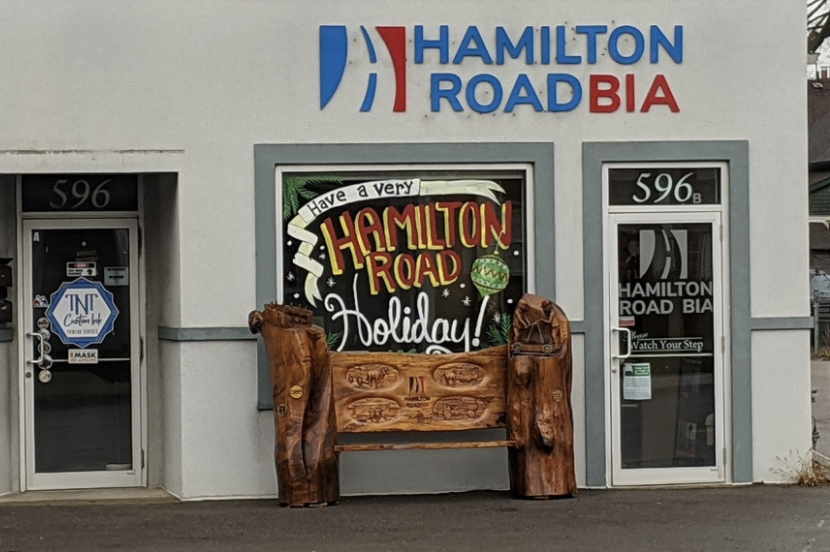
Barton & Rumble Building
Built in 1918 and current the location of the Hamilton Road BIA (596 Hamilton Road) today used to be the address of Barton & Rumble which was a factory that made a specific flatbed truck that was used by many different companies at this time. In the early teens, Fred Barton partnered with Mr. Rumble and they built all the truck parts, except drive trains, on-site. Production of these trucks only lasted until 1923 so only about 50 of these legendary commercial vehicles were ever built including one for Wm. D. Joynes. Who operated a business from his Queen Anne style home located at 655 Hamilton Road. (c.1900) This was a small operation, never having more than 10 employees at a time. Barton and Rumble ceased production in 1923.
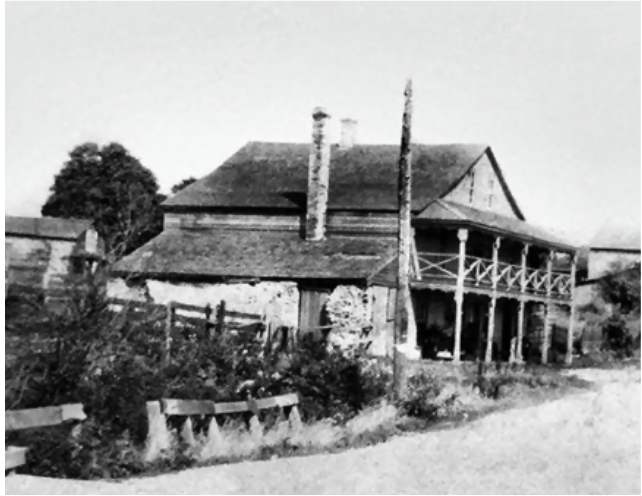
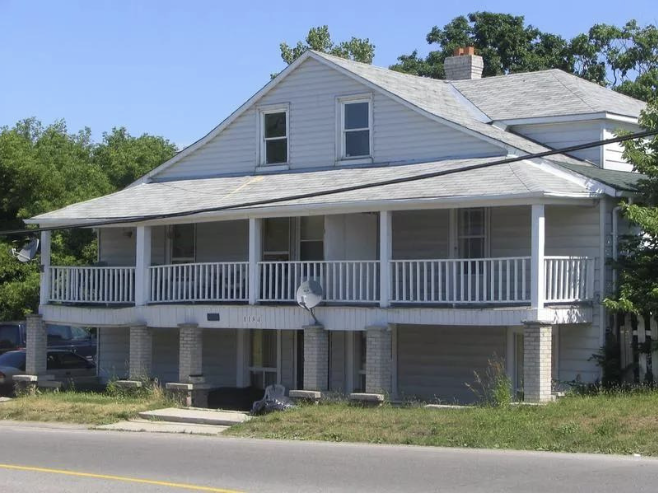
The Siddall House
Built in 1820, this possibly the oldest house in the City Limits still in use as residential rental units. The Siddall Family moved to Upper Canada in the early 1800s from England and settled in the village area of Westminster before moving to a 160 acre parcel of land on a property in the area known then as “The Gore”. In 1820 The Siddalls built this family home where they later welcome 8 children. The property was known to have hosted the first meetings of the Masonic Temple in the area. The Siddalls moved onto a property in Lobo where along with their sons they build a series of mills sparking more businesses in the area and the creation of Siddalleville, which no longer exists today.

